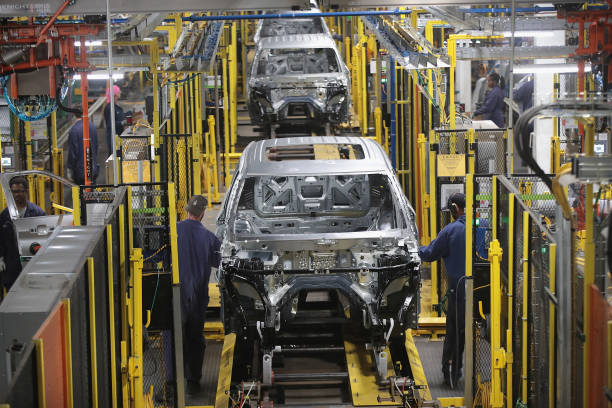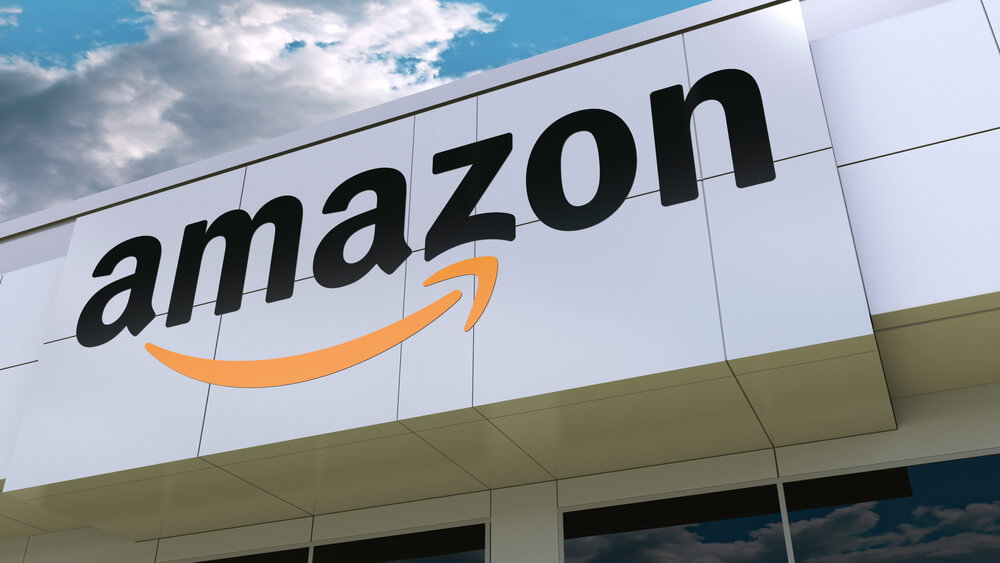IDACORP (IDA) Q2 Net Income Rises 7%

Key Points
GAAP earnings per share of $1.76 missed analyst expectations by $0.02 in Q2 2025. and Residential customer rates rose 2.9% in Q1 2025 compared to the prior year.
Net income (GAAP) rose 7.0% to $95.8 million in Q2 2025 compared to Q2 2024, supported by customer and usage growth plus new base rates.
Management raised the lower end of its full-year 2025 earnings guidance to $5.70–$5.85 per diluted share.
IDACORP (NYSE:IDA), the electricity provider serving much of Idaho and parts of Oregon, released its second quarter 2025 earnings on July 31, 2025. The most notable news was that Earnings per share (GAAP) were $1.76 in Q2 2025, missing Wall Street’s GAAP expectation of $1.78. Net income (GAAP) reached $95.8 million in Q2 2025, an increase from last year’s $89.5 million (GAAP) in Q2 2024. The company benefited from higher customer counts and usage, as well as new base rates that started at the beginning of this year. However, higher operating and financing costs weighed on results. Management raised the lower end of its fiscal 2025 earnings guidance, now forecasting $5.70 to $5.85 per diluted share (GAAP), reflecting continued confidence in customer and infrastructure growth, but also signaled persistent cost pressures. Overall, the quarter demonstrated robust operating trends in a challenging cost environment.
| Metric | Q2 2025 | Q2 2025 Estimate | Q2 2024 | Y/Y Change |
|---|---|---|---|---|
| EPS (GAAP) | $1.76 | $1.78 | $1.71 | 2.9% |
| Net Income (GAAP) | $95.8 million | $89.5 million | 7.0% | |
| Weighted Avg. Shares – Diluted | 54.38 million | 52.24 million | 4.1% |
Source: Analyst estimates for the quarter provided by FactSet.
About IDACORP: Business Model and Key Drivers
IDACORP (NYSE:IDA) primarily operates through its regulated utility subsidiary, Idaho Power, which delivers electricity to over 650,000 customers across Idaho and eastern Oregon. The company operates a network of power plants using hydropower, natural gas, and coal, and supplements these with wind and solar through power purchase agreements. Hydropower is its dominant generation source, helping keep rates competitive. Its revenues come overwhelmingly from retail electricity sales to homes, farms, factories, and businesses.
The company's success depends on navigating regulation, building new power facilities, and integrating more renewable energy. Key focus areas include winning regulatory approval for new rates, expanding transmission and storage, and mitigating risks like wildfires. Pursuing clean energy projects and managing operational costs are central to its long-term strategy. As demand grows and environmental expectations rise, balancing cost, reliability, and sustainability remains essential.
Quarter in Review: Growth, Costs, and Regulatory Updates
The period brought solid gains in both customer numbers and electricity usage. Idaho Power added about 16,000 new customers, a 2.5% increase over the twelve months ended June 30, 2025. This growth increased operating income by $6.0 million in Q2 2025. Higher use per customer, especially for irrigation due to low rainfall, contributed an additional $5.5 million in operating income in Q2 2025. These trends were supported by new Idaho base rates effective January 2025, with the resulting rate increase adding $8.8 million in operating income in Q2 2025.
Operating and maintenance expenses rose by $11.1 million in Q2 2025 compared to Q2 2024, due to higher performance-based pay, inflation in labor and service costs, and significant wildfire mitigation spending. Depreciation and amortization expenses increased by $6.4 million in Q2 2025 as the company brought new infrastructure online, including a leased battery storage facility. Non-operating expenses rose by $7.0 million in Q2 2025, largely due to increased interest tied to a larger debt load required to finance capital projects.
Regulatory and tax mechanisms played a material role in the quarter’s outcome. The company used $17.2 million in additional accumulated deferred investment tax credits (ADITC) to smooth earnings in Q2 2025, up from $7.5 million in Q2 2024. These credits help offset costs in the short term. IDACORP also relied on regulatory tools like power cost adjustments and fixed cost recovery mechanisms to manage volatility in expenses and ensure earnings stability. Under the new law, commission-approved wildfire mitigation plans will establish the standard of care and facilitate access to land for wildfire mitigation work. Hydropower conditions remain favorable, supported by strong winter snowpack, though the annual hydro generation forecast was slightly narrowed this quarter, with 2025 guidance for Idaho Power hydropower generation revised to 7.0–8.0 million MWh.
Notably, IDACORP advanced several critical capital and clean energy projects. It broke ground on the Boardman-to-Hemingway 500 kilovolt (kV) transmission line, a major grid expansion effort long delayed by permitting, intended to help IDACORP integrate renewables and serve increased demand. The company also began operations at a new battery storage facility and continues to develop new solar and wind power agreements. These projects are designed to support its goals of achieving a 100% clean energy supply by 2045 and an 88% reduction in carbon dioxide emissions by 2030, compared with the 2005 baseline year. Capital spending in 2025 is expected to remain between $1.0 billion and $1.1 billion, with plans to double the regulated rate base over five years. These investments are critical for handling Idaho’s rapid population and business growth, as well as for managing the retirement of older fossil-fuel power plants.
Looking Ahead: Financial Guidance and What to Watch
IDACORP management raised the lower end of its 2025 earnings guidance, now projecting full-year GAAP earnings per diluted share of $5.70 to $5.85. The update assumes the company will use $60 million to $77 million in additional tax credits, and that weather and power supply costs will be normal in the remainder of the year. Cost guidance was unchanged, with operating and maintenance expenses still expected to fall between $465 million and $475 million for the full year, and capital expenditures estimated at $1.0 billion to $1.1 billion. The company did not provide specific revenue guidance for the year, and revenue results were not disclosed in the current period.
Management emphasized continued attention to rising operating, depreciation, and interest costs, as well as the need for timely regulatory filings to support cost recovery. With major capital projects underway, the company’s balance sheet leverage is increasing, but targets a 50:50 debt to equity mix. Investors should watch upcoming rate case filings, progress on transmission and renewable projects, and any changes to regulatory or tax mechanisms that influence how quickly new costs are recovered.
Revenue and net income presented using U.S. generally accepted accounting principles (GAAP) unless otherwise noted.
Where to invest $1,000 right now
When our analyst team has a stock tip, it can pay to listen. After all, Stock Advisor’s total average return is 1,036%* — a market-crushing outperformance compared to 181% for the S&P 500.
They just revealed what they believe are the 10 best stocks for investors to buy right now, available when you join Stock Advisor.
*Stock Advisor returns as of July 29, 2025
JesterAI is a Foolish AI, based on a variety of Large Language Models (LLMs) and proprietary Motley Fool systems. All articles published by JesterAI are reviewed by our editorial team, and The Motley Fool takes ultimate responsibility for the content of this article. JesterAI cannot own stocks and so it has no positions in any stocks mentioned. The Motley Fool has no position in any of the stocks mentioned. The Motley Fool has a disclosure policy.




.jpg)
